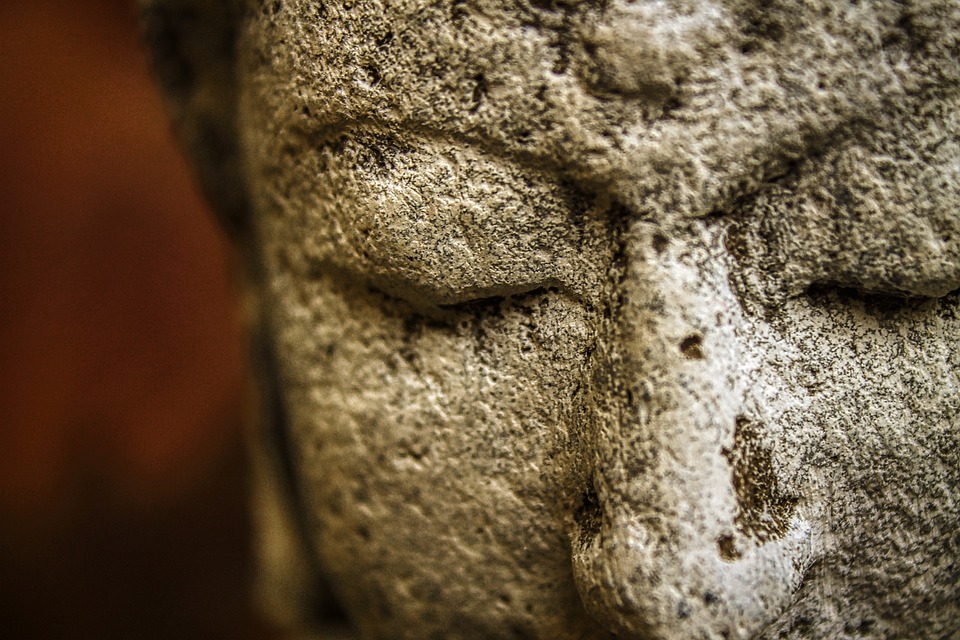Crepe myrtle is a beautiful flowering tree that is often admired for its vibrant blooms and graceful appearance. However, beyond its physical beauty, the crepe myrtle also holds significant spiritual symbolism. In various cultures and belief systems, the crepe myrtle is seen as a symbol of love, beauty, healing, and transformation. Its unique characteristics and growth patterns have led to a deeper understanding of its spiritual significance.
In this article, we will explore what the crepe myrtle symbolizes spiritually and how it can be a powerful symbol for personal growth and transformation. We will delve into the different meanings associated with this tree in various cultures and belief systems, as well as how it can be used in spiritual practices and rituals.
**The Symbolism of the Crepe Myrtle in Different Cultures**
The crepe myrtle holds different spiritual meanings in various cultures around the world. In Japan, the crepe myrtle is known as the “sarasa” tree, which symbolizes love, beauty, and grace. The delicate flowers of the crepe myrtle are seen as a representation of the fleeting nature of life and the importance of cherishing every moment.
In Native American cultures, the crepe myrtle is often associated with healing and transformation. The tree is believed to have medicinal properties, and its flowers are used in traditional healing practices. The crepe myrtle is also seen as a symbol of resilience and adaptability, as it can thrive in a variety of environments and conditions.
In Chinese culture, the crepe myrtle is seen as a symbol of longevity and prosperity. The tree’s vibrant blooms are believed to bring good luck and abundance to those who have it in their presence. The crepe myrtle is often planted in gardens and homes as a way to attract positive energy and blessings.
**The Spiritual Meaning of the Crepe Myrtle**
Spiritually, the crepe myrtle is often seen as a symbol of beauty, love, and transformation. The tree’s colorful blooms and graceful appearance are thought to reflect the beauty and wonder of the natural world. The crepe myrtle’s ability to bloom in even the harshest conditions is seen as a metaphor for overcoming obstacles and challenges in life.
The crepe myrtle is also believed to have healing properties, both physically and emotionally. The tree’s flowers are said to have calming and soothing effects, making them ideal for use in aromatherapy and herbal remedies. The crepe myrtle is also associated with emotional healing, as its presence is thought to bring a sense of peace and tranquility to those who are struggling with inner turmoil.
In terms of transformation, the crepe myrtle is seen as a symbol of personal growth and renewal. The tree’s ability to shed its leaves and bloom anew each year is seen as a metaphor for letting go of the past and embracing new beginnings. The crepe myrtle’s vibrant blooms are a reminder that change is a natural part of life and that growth often comes from embracing new opportunities and experiences.
**Using the Crepe Myrtle in Spiritual Practices**
The crepe myrtle can be used in a variety of spiritual practices and rituals to enhance its symbolic meanings. The tree’s flowers can be collected and dried to create potpourri or incense, which can be used to invoke feelings of love, beauty, and healing. The crepe myrtle’s branches and leaves can also be used in smudging ceremonies to cleanse and purify the energy of a space.
In meditation, the crepe myrtle can be a powerful symbol for personal growth and transformation. Sit beneath a crepe myrtle tree and focus on its beauty and resilience, allowing its energy to inspire you to let go of the past and embrace new beginnings. The crepe myrtle can also be used as a focal point for visualization exercises, helping you to envision a future filled with love, beauty, and abundance.
In rituals for healing and emotional well-being, the crepe myrtle can be incorporated into spells and ceremonies to promote physical and emotional healing. Place a vase of crepe myrtle flowers on your altar or in your home to invite the tree’s healing energy into your space. You can also create a ritual bath using crepe myrtle petals and leaves to cleanse and purify your body and spirit.
**Conclusion**
The crepe myrtle is a symbol of love, beauty, healing, and transformation in various cultures and belief systems. Its vibrant blooms and graceful appearance make it a powerful symbol for personal growth and renewal. By understanding the spiritual meanings associated with the crepe myrtle, we can harness its energy to enhance our spiritual practices and rituals. Whether used in meditation, healing ceremonies, or visualization exercises, the crepe myrtle can serve as a reminder of the beauty and resilience that exists within each of us.
**FAQs**
1. Can the crepe myrtle be grown as a bonsai tree?
– Yes, the crepe myrtle can be grown as a bonsai tree, and it is often admired for its beautiful blooms and graceful appearance in this form.
2. Are there different varieties of crepe myrtle with specific spiritual meanings?
– While all crepe myrtle trees share similar spiritual symbolism, different varieties may have unique characteristics that enhance their meanings in specific spiritual practices.
3. How can I connect with the spiritual energy of a crepe myrtle tree?
– You can connect with the spiritual energy of a crepe myrtle tree by spending time in its presence, meditating beneath its branches, or incorporating its flowers and leaves into your spiritual rituals.
4. Are there specific rituals or ceremonies associated with the crepe myrtle in certain cultures?
– Yes, in some cultures, the crepe myrtle is used in healing ceremonies, blessings, and rituals to promote love, beauty, and abundance.
5. Can the crepe myrtle be used in aromatherapy or herbal remedies?
– Yes, the flowers of the crepe myrtle can be used in aromatherapy and herbal remedies to promote relaxation, healing, and emotional well-being.



